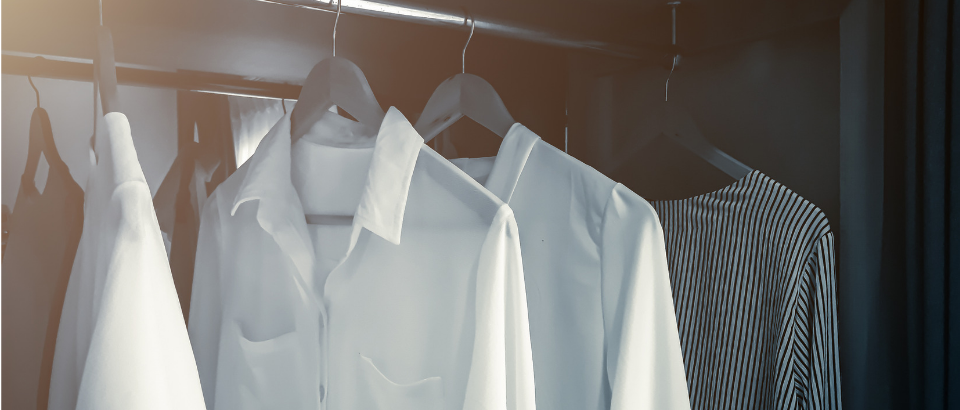Why have a dress code?

Why have a dress code?
Tuesday 9 July, 2019
Wardrobe choices can affect how customers or clients perceive you or your employees. Clothing choice can also improve performance at work and increase respect from others. How employees present is part of a company’s brand and businesses should consider whether their dress code policy is consistent with the brand they want to portray.
There are many studies which demonstrate a link between how we dress and how others perceive us. Studies have shown that people view formally dressed dentists, doctors, lawyers and therapists as more competent than those who dress casually, but not as friendly.[1]
Interestingly, there is also evidence that what we wear can influence our own behaviour. In a 2013 study, researchers found that when the study participants wore a lab coat described as a “doctor’s coat”, they performed better in tasks requiring attention to detail. When participants wore the same coat, described as an “artistic painter’s coat”, performance did not improve.[2] A 2015 study found that wearing formal clothing leads to better abstract cognitive processing.[3]
A 2014 study dressed men in either a business suit or t-shirt and trackpants and had them engage in a competitive negotiation. When wearing a suit, participants gained higher profits and made fewer concessions. Suit-wearing participants’ testosterone levels increased during the negotiation; trackpant-wearing participants’ testosterone levels decreased. [4]
What to consider when implementing a dress code
A dress code should provide clear guidelines for employees so that they know what is and isn’t acceptable. The dress code must not discriminate, either directly or indirectly. This means that you generally can’t prevent employees from wearing items which have religious, cultural or ethnic significance, for example, a cross, turban or hijab, or even having a culturally significant tattoo, unless there are genuine health and safety considerations. Dress codes that have different standards for males and females may be discriminatory.
The dress code should not impose an undue financial burden on employees. If employees are required to purchase clothing from their employer, the employer must ensure that this doesn’t result in the employees earning less than minimum wage. If employees are required to wear certain clothing as part of health and safety requirements, the employer is required to provide all appropriate protective equipment and suitable protective clothing at no cost to employees.
Wardrobe choices can increase success at work, improve job performance and earn respect from others. If you want to discuss your dress code policy, or any employment policies, contact our Employment team.


